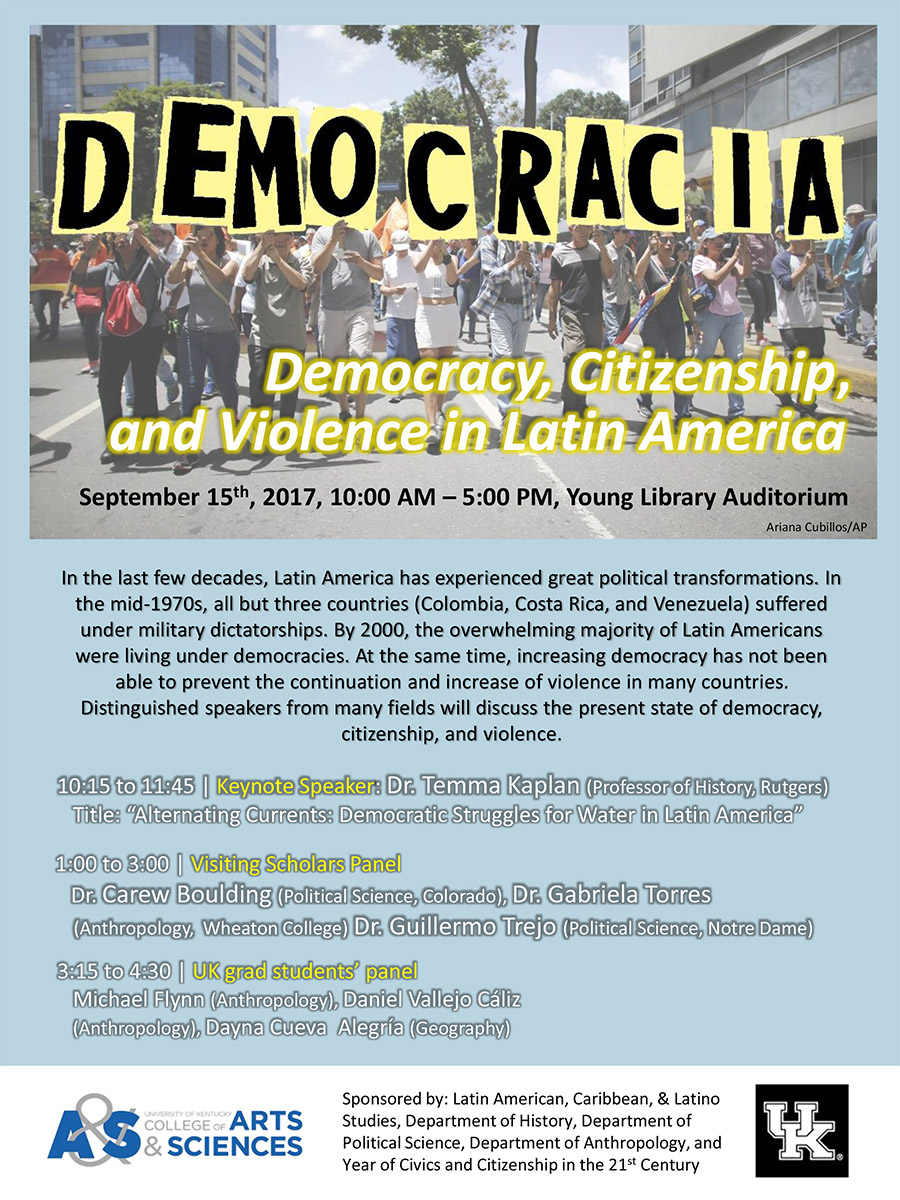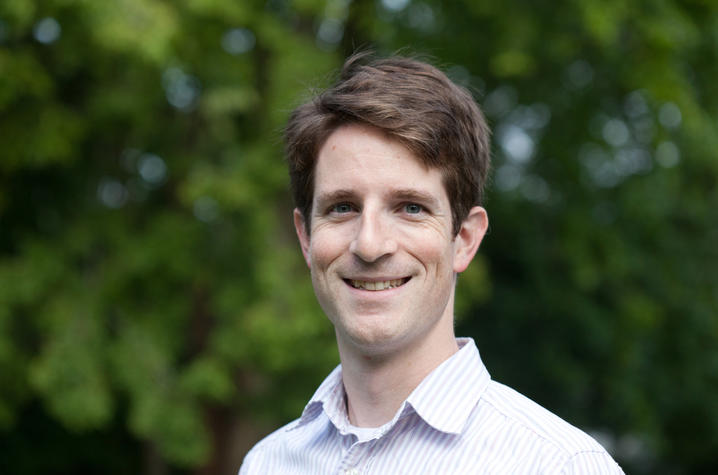Democracy, Citizenship and Violence in Latin America



For more information about A&S Living Learning Programs visit: https://www.as.uky.edu/residential
By Jennifer T. Allen
 University of Kentucky mathematics Assistant Professor Bert Guillou has been awarded funding from the National Science Foundation (NSF) for his research in homotopy theory. The $139,765 grant over three years will enable Guillou to further the understanding of all of the ways that a sphere can be mapped onto a sphere of a different dimension.
University of Kentucky mathematics Assistant Professor Bert Guillou has been awarded funding from the National Science Foundation (NSF) for his research in homotopy theory. The $139,765 grant over three years will enable Guillou to further the understanding of all of the ways that a sphere can be mapped onto a sphere of a different dimension.
News and Updates for the 2017-18 School Year features host Laura Roché Youngworth discussing upcoming KWLA events and developments at the state level related to World Languages with KWLA President Lucas Gravitt, President-Elect Emmanuel Anama-Green, and World Languages Consultant for the Kentucky Department of Education Alfonso De Torres Núñez.
The financial and managerial aspects of biosystems in evaluating design alternatives. Typical topics included are: concepts of present and future value, techniques of managerial economics, and biosystem design analysis in the evaluation of alternatives. Retirement/replacement policies and risk analysis.
Professor Nancy Chen is Chair of the Anthropology Department and an affiliate of East Asian Studies and Feminist Studies at UC/Santa Cruz. Her research interests include Chinese biotechnology, food and medicine, and alternative healing practices. She is author or editor of six books, including China Urban.
Sponsored by the Department of Anthropology and the UK Confucius Institute.
The College of Arts and Sciences hosted a welcome BBQ for incoming students from Beijing and Shanghai. After 16 hours of travel, the students landed in the Bluegrass ready to begin their studies in the College of Arts & Sciences. The outing provided students to connect with fellow classmates, future professors, and A&S staff. The student were greeted by A&S Dean Mark Kornbluh and Dr. Huajing Maske (Director of the Confucius Insitute and Executive Director of the Office of China Initiatives).
The College of Arts and Sciences hosted a welcome BBQ for incoming students from Beijing and Shanghai. After 16 hours of travel, the students landed in the Bluegrass ready to begin their studies in the College of Arts & Sciences.The student were greeted by A&S Dean Mark Kornbluh and Dr. Huajing Maske (Director of the Confucius Insitute and Executive Director of the Office of China Initiatives).